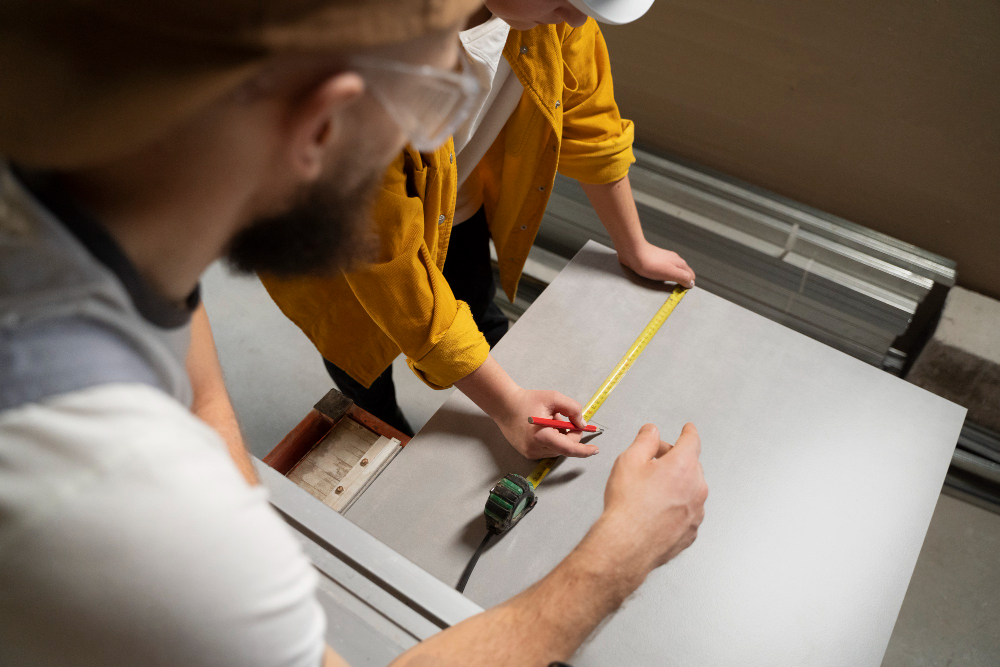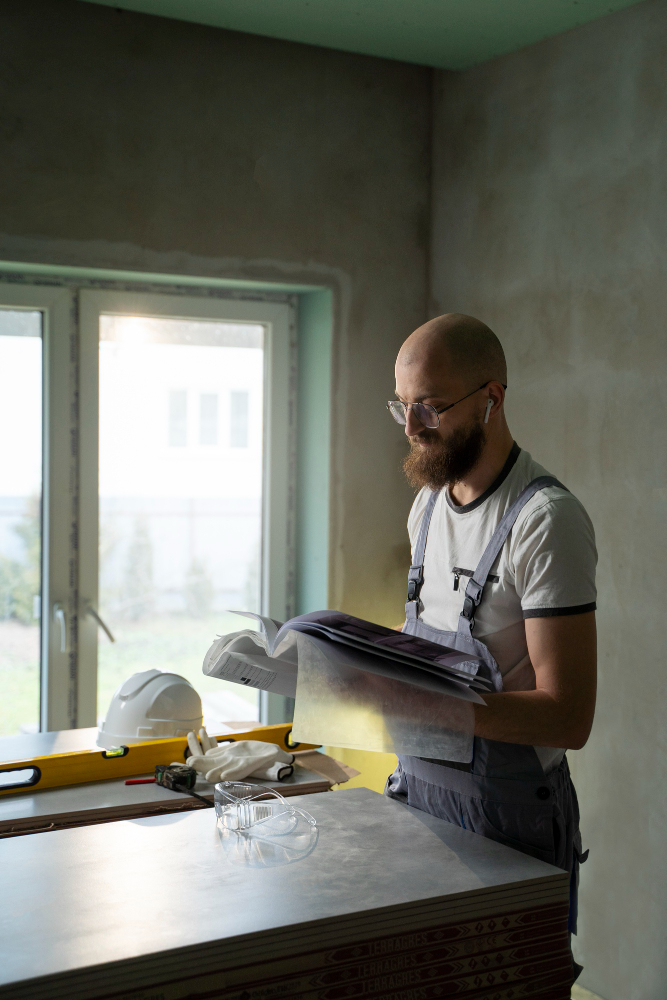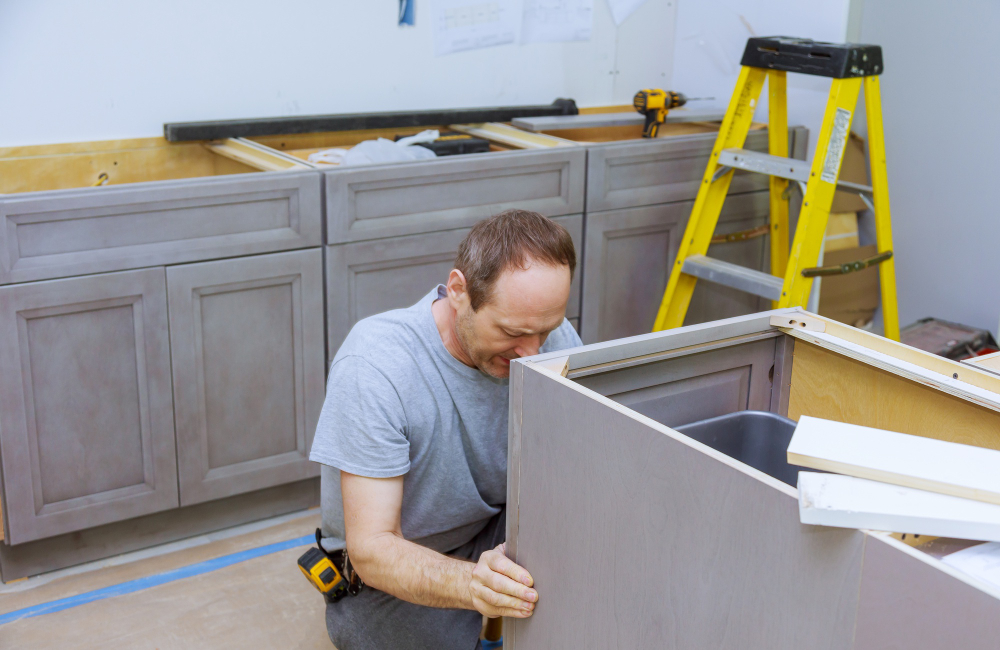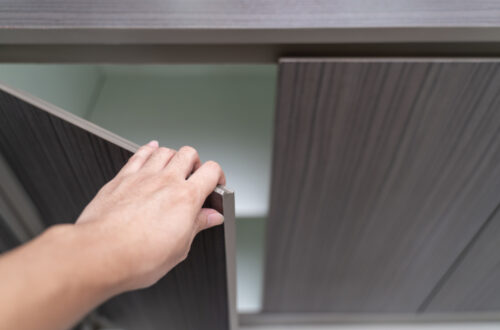So, you’ve finally decided to remodel your kitchen—congrats! That’s big. But before you grab a sledgehammer and start channeling your inner demo-day champion, let’s slow it down and talk numbers. Because knowing how to calculate kitchen remodel costs can save your sanity (and your bank account) before the cabinets come off the wall.
Here’s a no-fluff, Chip-style breakdown of what you’re really signing up for—and how to keep your budget from busting.
1. Start With the Big Picture
The average kitchen remodel in the U.S. costs $25,000 to $50,000, depending on the size and scope. That’s a wide range, right? Think of it like buying a truck—you can get a solid one, or you can trick it out with every bell and whistle. Same with kitchens.
Here’s how that typically breaks down:
| Category | % of Total Budget |
|---|---|
| Cabinets | 25–30% |
| Labor | 20–25% |
| Appliances | 15–20% |
| Countertops | 10–15% |
| Flooring | 7–10% |
| Lighting & Electrical | 5–7% |
| Plumbing | 4–6% |
| Paint & Finishes | 3–5% |
| Design Fees | 3–5% |
| Contingency Fund | 10–15% |
Yes, that last one matters. Trust me—there’s always a surprise lurking behind that drywall.

2. Set Your Priorities (And Stick to Them)
Want the chef-style stove? Cool—just know it may mean dialing back on other areas. The key is to list your top 3 “must-haves” and allocate budget accordingly. For some, it’s a giant island. For others, it’s custom cabinets or a coffee bar. Make it personal, not Pinterest-perfect.

3. Don’t Forget Labor (It Adds Up Fast)
Unless you’re planning to DIY everything (and more power to you if you are), labor is a huge chunk of your cost. Electrical, plumbing, demo, tile—these pros keep things safe and code-compliant. Plan for 20–25% of your total budget here.
Pro tip: Get multiple quotes, and make sure they include everything—not just the install, but teardown, cleanup, and materials.
4. Hidden Costs Are Real
It’s what’s behind the walls that gets ya. Old wiring, rotted subfloors, plumbing mysteries from the 1970s—you name it. This is where that contingency fund comes in handy. Aim for 10–15% of your total budget as a “just in case” cushion.
5. Be Smart With Savings
Want a killer kitchen without spending your life savings? Here’s how to cut smart, not sloppy:
- Keep your current layout (moving plumbing = $$$)
- Opt for semi-custom cabinets instead of full custom
- Mix high and low finishes (splurge on countertops, save on hardware)
- Use recessed lighting over designer pendants where possible
And hey—open shelving looks great and costs less than uppers. Bonus..

Call to Action
Kitchen remodels can feel overwhelming, but they don’t have to break the bank. When you know how to calculate kitchen remodel costs and plan like a pro, you can upgrade your space with confidence—and maybe even enjoy the process.
Ready to remodel smart? Let our team help you plan the kitchen you’ve been dreaming about, without any budget-breaking surprises.e.






